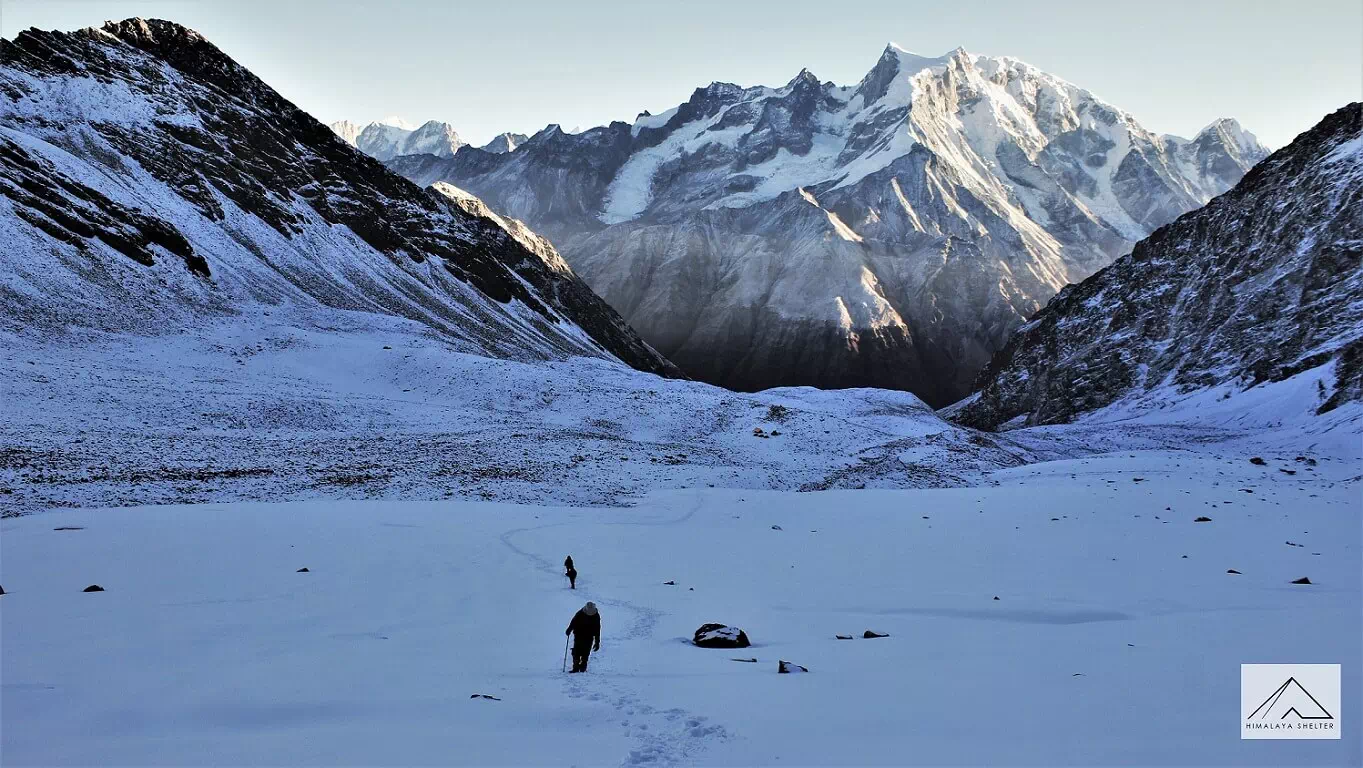As we all know, predicting weather in the mountains with 100% accuracy is challenging, given its dynamic and unpredictable nature. Conditions can fluctuate throughout the day, and changes can occur at any moment. However, a general forecast based on the prevailing season suggests a higher likelihood of favorable weather for your expedition.
In May and June, summer brings nice weather with warm, sunny days on the trail. There’s plenty of sunlight, and you’ll find shaded spots for resting. Evenings might feel a bit cool, so having an extra warm layer of clothing is a good plan. Sometimes, it might rain a little in the afternoon, so be ready for that. Once you go past Odari, remember that because you’re up high, it could snow if the weather gets bad.
The first three weeks of September bring a really amazing sight in the Himalayas. This short time, with not much rain or snow, shows a world of lively beauty and untouched nature.
The meadows explode with lots of colors as wildflowers, excited by the rain, bloom in a spectacular way. Tall grasses sway gently, adding to the vibrant scene. The melting snow uncovers a path of rocks and sand, showing the way to the Bali Pass.
As September ends and October brings a chill, the first snowflakes start to fall gently. This tells us that the pass will close soon. This quick change from warm summer to cool winter shows how nature always changes in beautiful ways
























